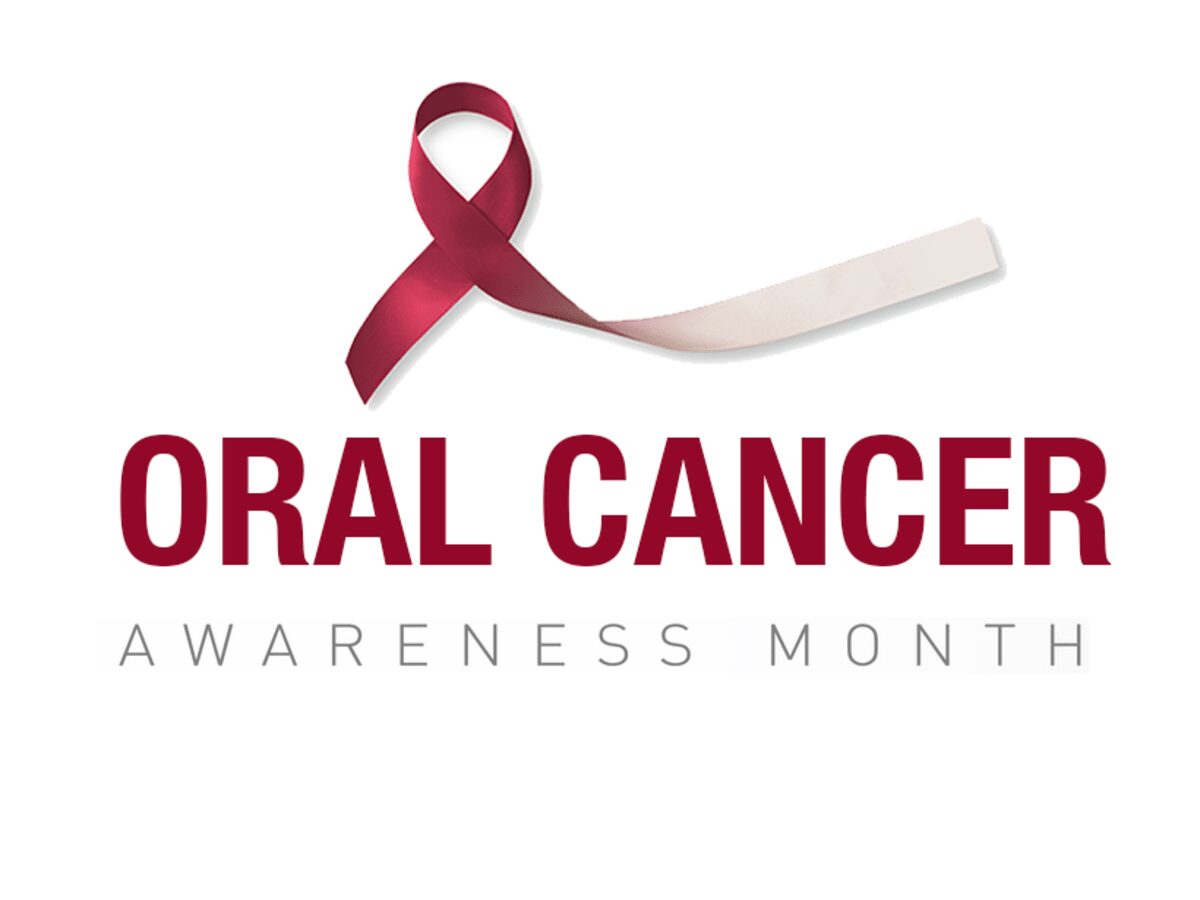Search by Color or Cause


Oral Cancer Awareness Month, observed in April, focuses on a national screening campaign to end oral cancer. Further, this campaign calls attention to the fact that awareness of oral cancer in the American public is low. Smoking and tobacco use are still major risk factors. However, the fastest growing segment of oral cancer patients is young, healthy, nonsmoking individuals. Most often, they come into contact with the HPV virus. It is important to educate the public through oral health awareness campaigns in order to aid in oral cancer prevention and early detection. The color for oral cancer awareness is red and white pinstripes.
Oral cancer is cancer that affects your mouth. It can develop on any tissue, including your gums, tongue, or lips. Early detection and treatment significantly improve outcomes.
April’s Oral Cancer Awareness Month campaign aims to raise the public’s awareness of oral cancer, including:
Oral cancer happens when cells in the tissues of the mouth begin to grow and divide uncontrollably. Squamous cells are thin flat cells that line the surfaces of the mouth. These cells are most commonly affected by oral cancer.
Several risk factors that increase the rate of oral cancer include:
Some of the symptoms of oral cancer include:
If oral cancer has spread to nearby tissues, you may also experience:
The list above can also be symptoms of oropharyngeal cancer, which is most often caused by HPV. In addition, The Centers for Disease Control and Prevention (CDC) estimates that HPV causes 70% of oropharyngeal cancers in the United States.
The average 5-year survival rate for oral and oropharyngeal cancer is 68%. This makes early detection and treatment all the more vital. When oral cancer is found and treated while in its earlier stages, the 5-year survival rate greatly improves.
According to the ACS, there’s no routine screening or testing program for oral cancer.
However, dentists typically check for signs of oral cancer during routine dental checkups, which many people receive once or twice a year. During this time, a dentist will look and feel around your mouth for signs of oral cancer.
It’s also important to regularly check your lips and mouth for any unusual changes. If you notice something concerning, make an appointment with a doctor or dentist so that they can have a look.
You can also take steps to prevent oral cancer from developing. These include:
Oral cancer is when cancer affects your lips or the inside of your mouth. People who use tobacco products, consume alcohol, or have an oral HPV infection are more likely to get oral cancer.
There’s no official screening test for oral cancer. However, a dentist typically looks and feels for signs of oral cancer during a routine dental checkup.
The outlook for people with oral cancer is best when it’s found and treated early. As such, it’s important to not only get regular dental checkups but also to be aware of any unusual changes in your mouth.
If you notice something concerning, see a doctor or dentist.